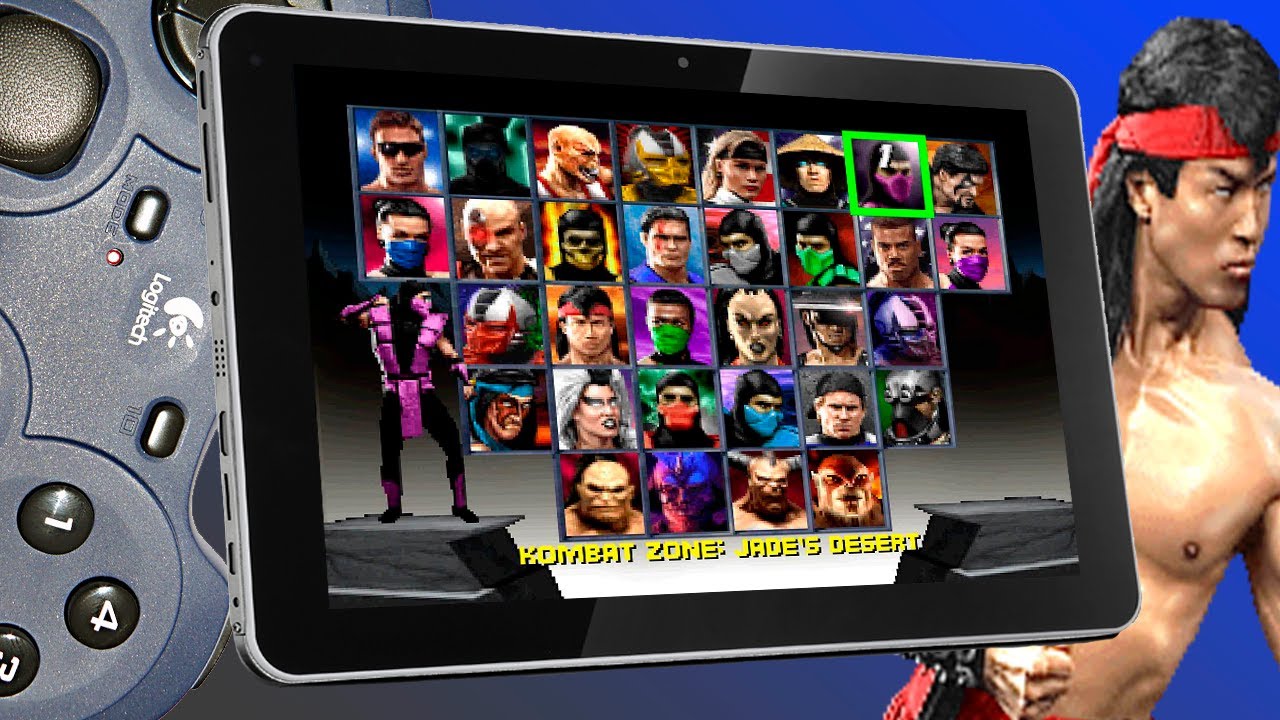
He did a great job, but he had little time and fewer resources to work with. The game was tight and responsive, just as responsive as the coin-op version's that's because Carruthers did a one-to-one code conversion. However, Carruthers rarely receives credit for his port's tight controls. Blood dealt a heavy blow to Nintendo and sent sales of Sega consoles roaring back. Paul Carruthers was the sole programmer tapped to convert Mortal Kombat to the Mega Drive, aka Genesis. Super Nintendo (left) versus Sega Genesis with blood enabled. Why? Because if you played on Sega, you used the blood code.

The Genesis port had watered-down fatalities, too, but who remembers them? Nobody. The Super Nintendo port had unresponsive controls, but the larger problem was Nintendo's censorship: sweat replaced blood, and neutered fatalities replaced tearing out hearts and knocking off heads. The reason, of course, was the blood code. I wrote about the development of those ports in Arcade Perfect, a book published in 2019, but the key takeaway is that although the Genesis hardware was deficient in some ways compared to Nintendo's 16-bit platform, Sega's version of Mortal Kombat outsold Nintendo's five to one.

If you're reading this, you likely already know the story of Mortal Monday: On September 13, 1993, MK1 came to Super NES, Sega Genesis, Game Boy, and Game Gear. Then Sega and Acclaim fired back with Mortal Kombat. The Super NES was barely a year old, and sales skyrocketed. Landing the exclusive home port of the world's most popular arcade game was a big deal for Nintendo.

Street Fighter II: The World Warriors hit arcades in 1991 and came to Super NES one year later. What you don't hear about as much are the third-party games that turned the tide in one company's favor. The influence on first-party titles on console sales back then (and still today) is well known. The NES was my first console, so when the Super NES came around, I stuck with Mario as he went head-to-head with Sonic.

Growing up, I was happily entrenched in the Nintendo camp during the 16-bit console war between Sega and Nintendo.


 0 kommentar(er)
0 kommentar(er)
